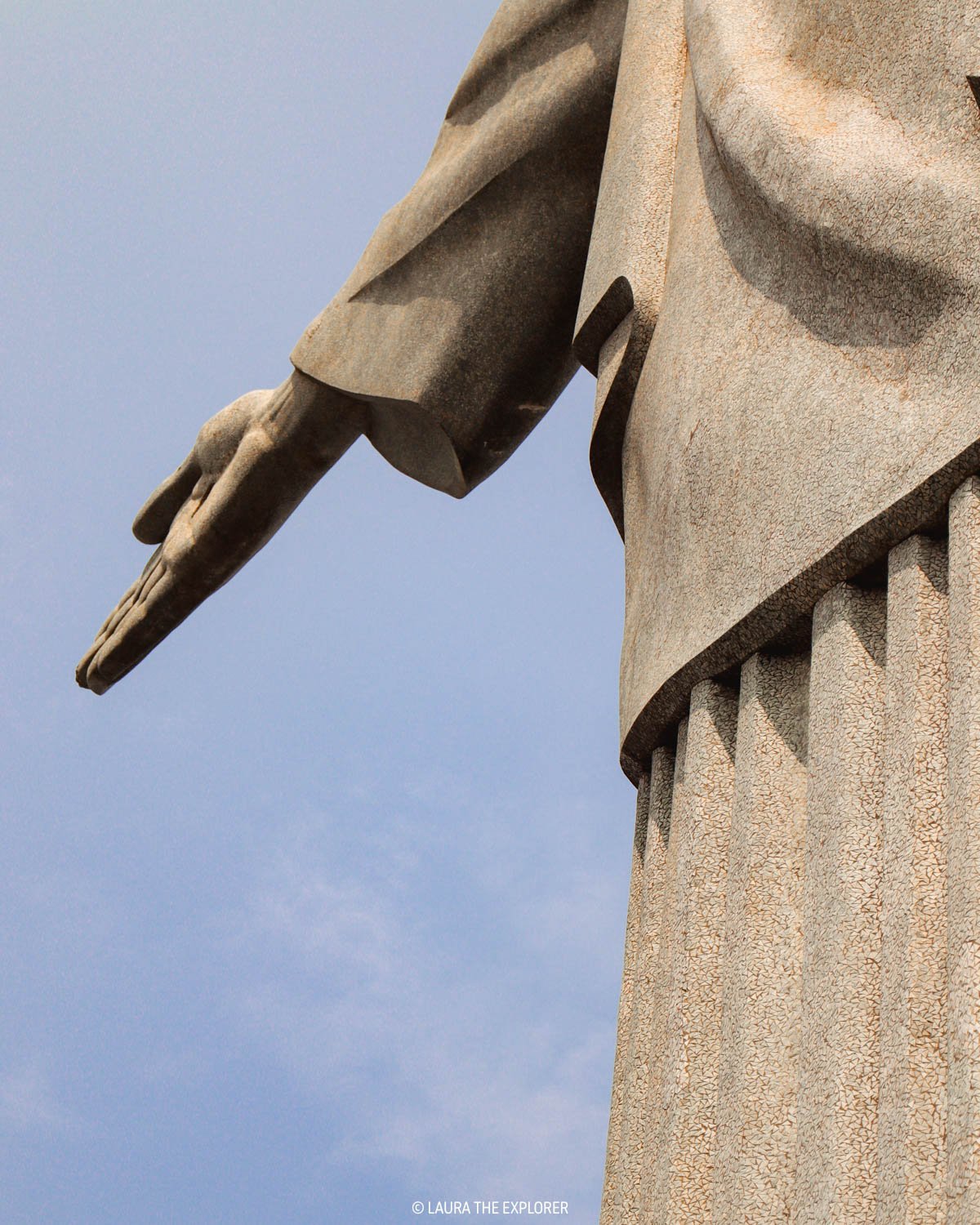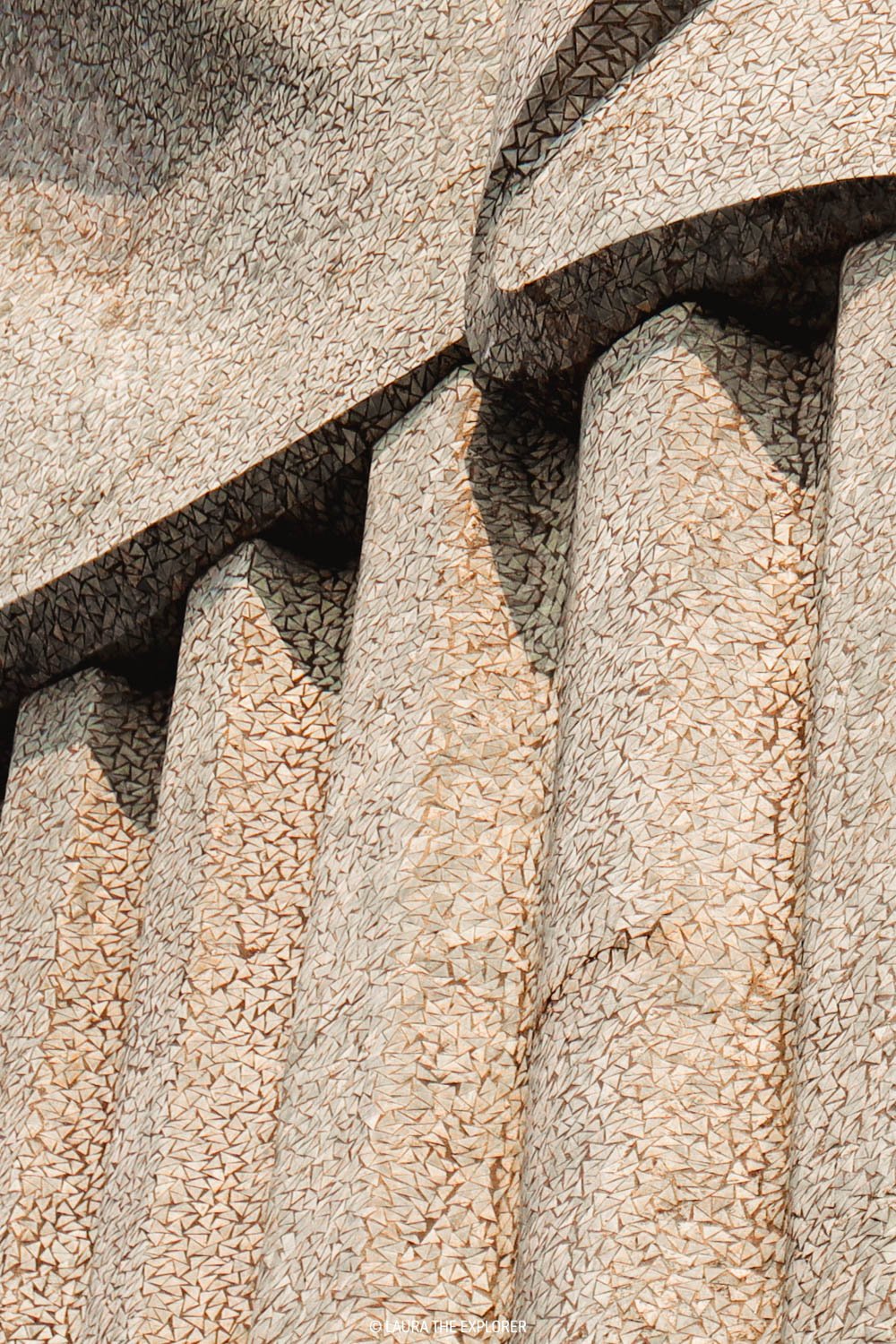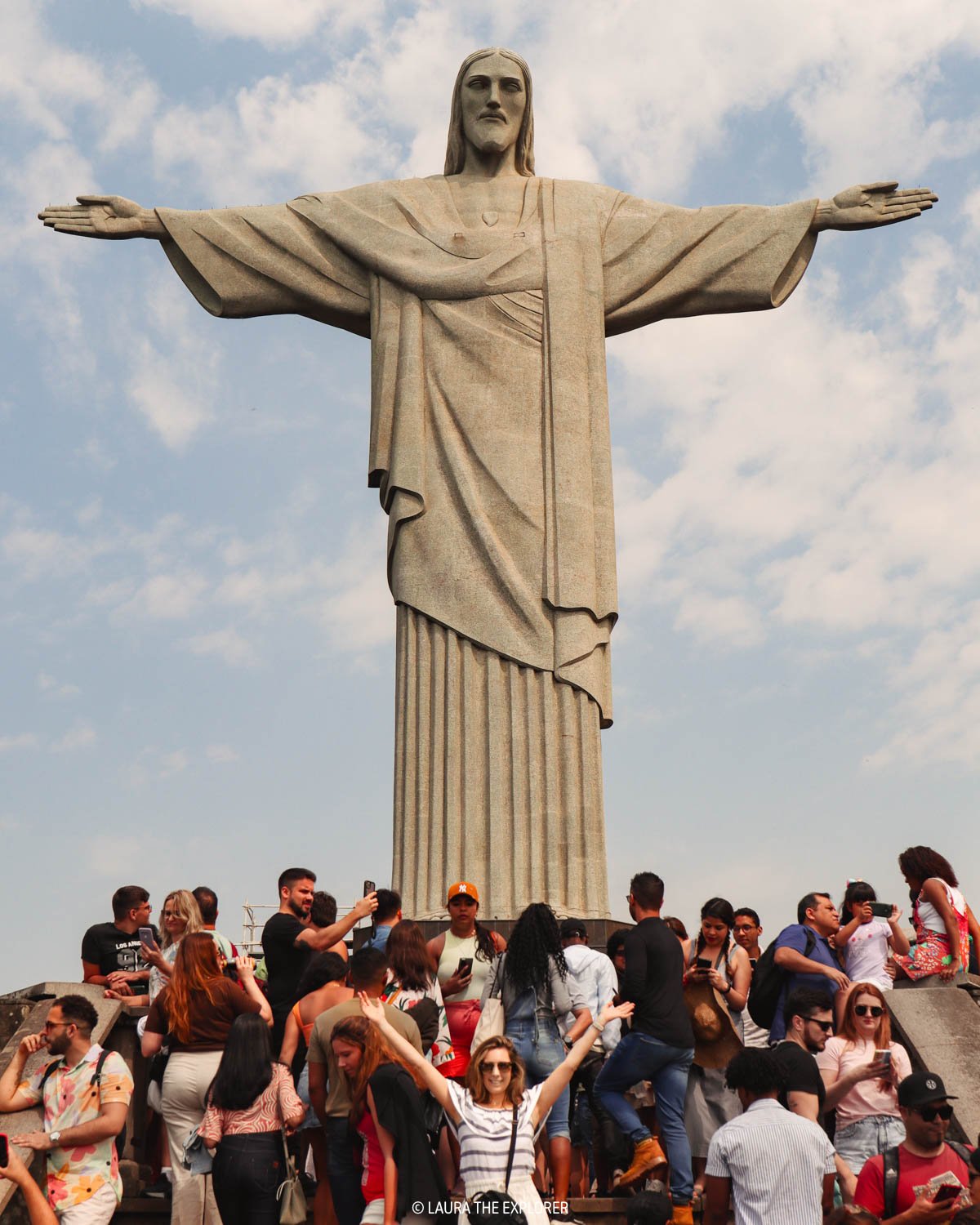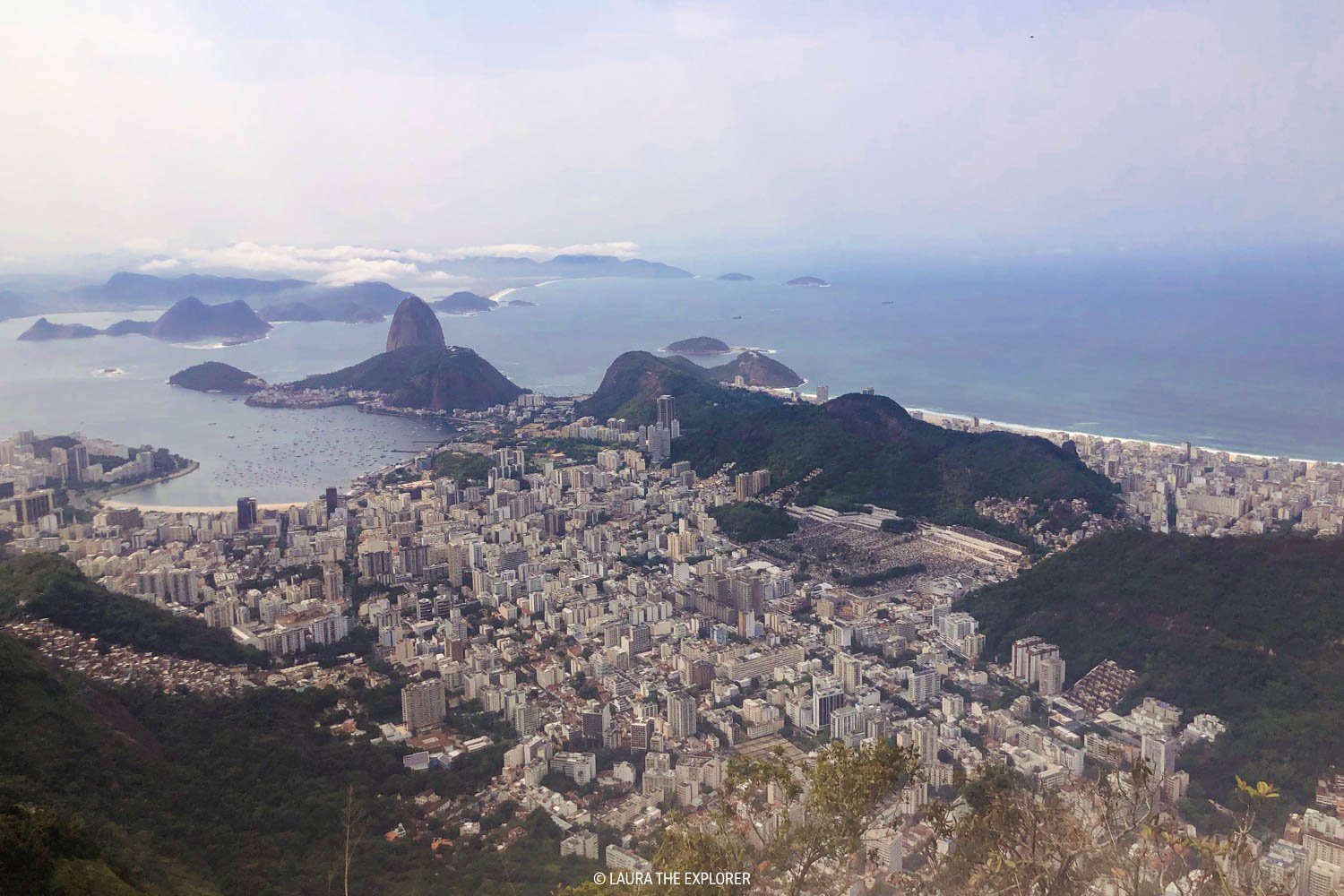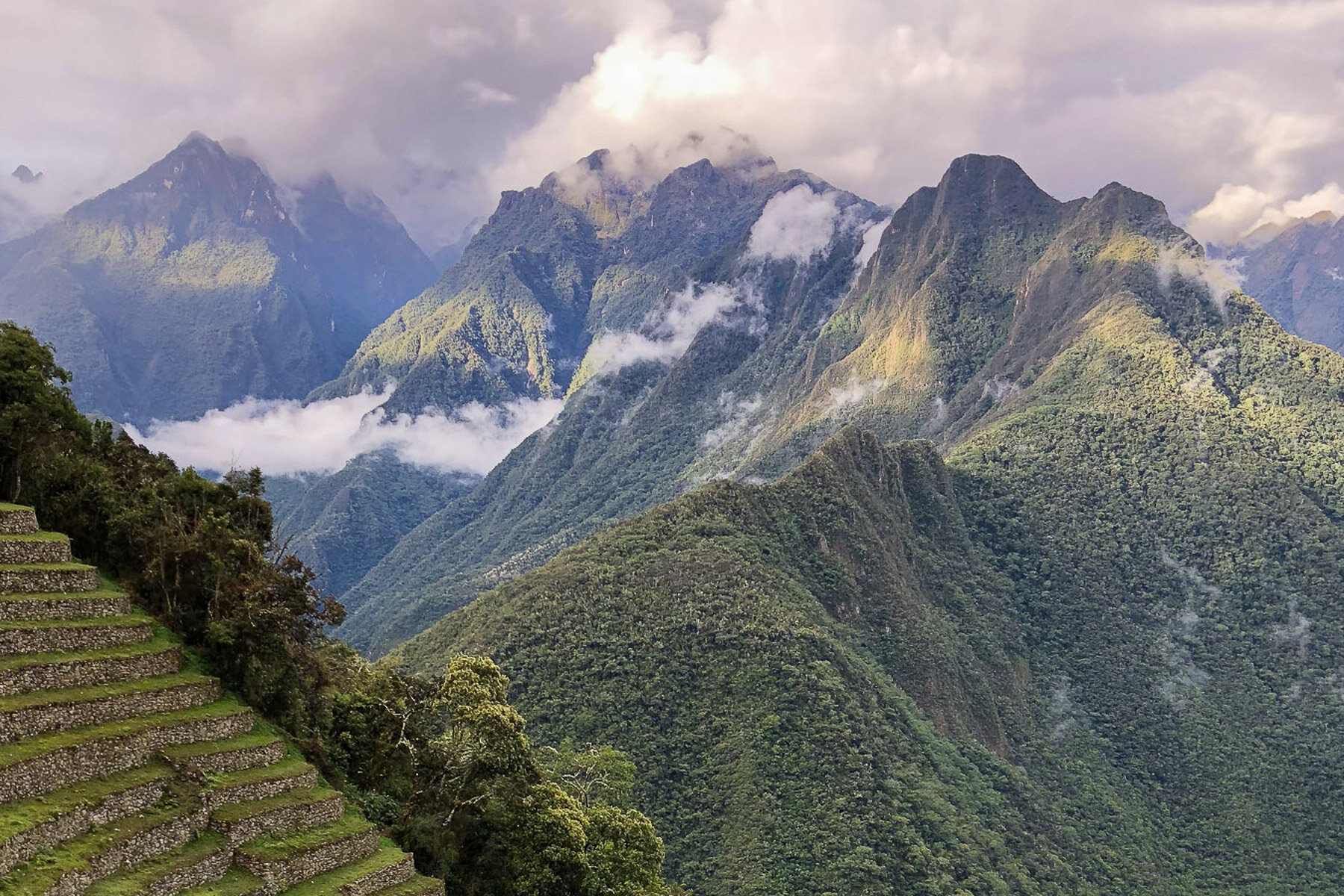A Visual Guide to all the Rio de Janeiro Locations in The Seven Sisters Book
The Seven Sisters series by Lucinda Riley is one of the most popular series in the world at the moment.
When I picked up the first book and discovered that Maia’s journey was based in Rio de Janeiro during the 1920’s Belle Epoque, I was thrilled. Rio de Janeiro is one of my favourite cities in the world and I’ve now been lucky enough to experience the magic of this city four times.
I could just imagine Belle & Maia walking down the cobblestone streets, listening to the monkeys playing in the trees and taking in the incredible views from atop the Corcovado.
However, if visiting the cidade maravilhosa (marvellous city) of Rio de Janeiro is still on your hit list, I’ve put together this visual guide to help give you a taste of this incredible city and bring to life all the Rio de Janeiro locations from The Seven Sisters book by Lucinda Riley.
MAP OF ALL THE LOCATIONS
The locations in Lucinda Riley’s book, from Bel’s experience in the 1920’s to Maia’s trip in current time, are spread across the city of Rio de Janeiro.
From the old Centro neighbourhood across to the beaches of Ipanema, using public transport, all of these locations can be easily visited in two or three days.
Most of the locations are attractions in their own right and feature regularly on guides to Rio de Janeiro. However, there are a few hidden gems, and these will take you off the beaten path to discover a bit more of the history and flavour of the incredible city that is Rio de Janeiro.
IPANEMA BEACH
When Maia flies into Rio de Janeiro, she stays beachfront on the incredible Praia de Ipanema (Ipanema Beach).
Famous for it’s expansive white sand and brilliant blue water, kiosks selling refreshingly chilled coconut water and the beats of Samba and Bossa Nova filling the air, there’s no better place to experience the good vibes of Rio de Janeiro.
On any sunny day, grab your canga (brazilian-style beach towel) and head straight for Ipanema to soak up both the sun and the incredible atmosphere of one of Rio’s most famous beaches.
COSME VELHO & LARANJEIRAS
To start Maia’s story, her coordinates send her to Casa das Orquídeas in the Laranjeiras neighbourhood of Rio de Janeiro. We’re tren transported to the 1920’s and learn of Bel and her childhood home in the nearby Cosme Velho neighbourhood.
These old, wealthy neighbourhoods are fascinating places to visit and showcase some of the most stunning architecture from Rio de Janeiro’s Belle Epoque.
Nowadays, some of the grand houses and gardens, like those mentioned in the story, retain their former glory, however many have now been converted to schools and businesses, or left to crumble due to the significant costs of upkeep. In my opinion, this makes these neighbourhoods the best kind to set out and explore, and strolling these cobblestone streets is a great way to discover many hidden architectural gems never mentioned in guidebooks.
My favourite hidden gem is Largo do Boticário, located close to the Christ the Redeemer Train.
COPACABANA PALACE
The location of both Bel’s 18th birthday party and her subsequent wedding celebrations, the Copacabana Palace is still one of the grandest and most exclusive spots in the modern city of Rio de Janeiro.
Unluckily for us, the weather was pretty similar to Bel’s birthday when we visited recently - no legendary Rio blue skies on this day!
Located next to lively Praia de Copacabana (Copacabana Beach), this hotel is one the fanciest places to stay in all of Rio de Janeiro, and also features three restaurants that are open to the public (two of which are Michelin-starred).
Even better, if money is no object and you really want to go all out - the ballroom can be booked for your own wedding or special event!
THE OPERA THEATRE
Shortly after her 18th birthday part, Bel attends the opening night of Don Giovanni at the Theatro Municipal (Municipal Theatre) where she meets Gustavo’s aristocratic parents for the first time.
Located in aptly named Praça Floriano (Floriano Square) - perhaps where Lucinda Riley got the inspiration for her character? - it feels a little more like Paris than Rio de Janeiro. This is probably due to the fact that the theatre was inspired by the Paris Opera Theatre!
If you’re interested in looking inside, ballet and classical musical events still take place here regularly.
BIBLIOTECA NACIONAL DO BRASIL
Neighbouring Theatro Municipal in Praça Floriano is the beautiful Biblioteca Nacional do Brasil (National Library of Brazil). The largest library in Latin America, it has its roots in the Royal Library of Portugal which was irreparably damaged in an earthquake and resulted in 60,000 books being relocated to Brazil.
It’s here that Maia’s confidant Floriano searches the microfiches of old newspapers to learn more about her Brazilian ancestors.
It’s worth popping inside to check out the interior of this elegant building, if only to see the insta-famous staircase just inside the entry.
IGREJA DE NOSSA SENHORA DA GLÓRIA DO OUTEIRO
After her wedding, Bel spends many afternoons at Igreja de Nossa Senhora da Glória do Outeiro (Outeiro da Gloria Church) volunteering her time and gluing soapstone mosaic pieces to the netting that will form the facade of the Christ the Redeemer Statue.
The church was a favourite of the Portuguese royal family and is famous for it’s blue and white tiles that adorn the interior. From the Gloria metro station, you’ll spot it up on the adjacent hill and can be accessed via the Ladeira (staircase) of Gloria.
An extra tip: upon visiting the Christ the Redeemer statue, look closely and you’ll see the mosaic pattern that’s made from all the small soapstone tiles.
AVENIDA RIO BRANCO & CONFEITARIA COLOMBO
In the books, Bel, her friends or her mum would spend a day out shopping on Avenida Rio Branco (Rio Branco Avenue). These days you’re more likely to find major banks and Starbucks along this light rail thoroughfare, but venture into some of the surrounding streets and you’ll get a better idea of what shopping in Rio would have been like in the 1920’s!
I recommend popping down Rua Gonçalves Dias to see the beautiful old storefronts, now filled with local Brazilian shops, followed by lunch at Confeitaria Colombo. This landmark cafe from the 1800’s is still serving beautiful coffees and cakes in its majestic, mirror-lined tearooms. Its also been named as one of the 10 most beautiful cafes in the world!
PRAÇA MAUÁ
Praça Mauá (Maua Plaza) is the location of the main port where Bel boards the ship to start her adventure to Paris. Up until quite recently this was quite a run down, industrial part of town that didn’t really feature on the tourist radar, but that all changed with the 2016 Olympics.
Nowadays, this regenerated area is the main cruise ship dock in Rio de Janeiro and a must visit area in the Centro neighbourhood. It’s home to Museu do Amanhã (Museum of Tomorrow) and the incredible street art by Kobra that adorns the old adjacent port warehouses.
I also highly recommend visiting the nearby Cais do Valongo (Valongo Wharf). Recently rediscovered in 2011 and designated as a UNESCO World Heritage site in 2017, it was at these docks where victims of the slave-trade disembarked from Africa until the blockade of Transatlantic slave-trade in 1831.
OLD CATHEDRAL OF RIO DE JANEIRO
Bel and Gustavo were married at the Cathedral of Rio de Janeiro, which in 1929 would have been Igreja de Nossa Senhora do Monte do Carmo da antiga Sé (Church of Our Lady of Mount Carmel of the Ancient See). This religious structure is now known as the Old Cathedral, having been replaced by the modern Catedral Metropolitana de São Sebastião (Metropolitan Cathedral of Saint Sebastian) in 1979.
The Old Cathedral is located in the historic Praça Quinze de Novembro (15th of November Square) which is also home to the former Paço Imperial (Imperial Palace), which was the residence of the former royal family of both Brazil and Portugal, and is also home to Palácio Tiradentes (Tiradentes Palace), the site of which has served multiple purposes over it’s lifetime - from a jail, to the senate, to it’s current impressive structure which houses the Legislative Assembly of the State of Rio de Janeiro.
RIO’S LEAFY ZONA SUL NEIGHBOURHOODS
Both of our protagonists’ love interests reside in apartments in the leafy neighbourhoods of Rio’s Zona Sul (South Zone).
Maia also stays at Caesar Park Hotel (which is now the Sofitel), but it was unfortunately undergoing an extensive renovation on my latest visit and it was just a building site! I’m sure it will be a spectacular place to stay when it reopens.
The neighbourhoods of Copacabana, Ipanema and Leblon are the most popular for both residents and tourists alike, with many top restaurants, shops and beaches close by and great transport connections via metro and bus. The fact that it’s also one of the safest areas in the city makes these neighbourhoods a great place to base yourself for a trip to Rio de Janeiro.
CONVENTO SÃO SEBASTIÃO
In the book, Maia’s grandma Beatriz moves into the hospital wing of Convent of São Sebastião on the outskirts of Rio, but unfortunately I couldn’t find a convent or hosptial that Lucinda Riley may have used for reference. As a replacement, I did visit the incredible Convento de Santo Antônio (Convent of St Anthony) next to Largo do Carioca in the Centro of Rio de Janeiro.
Perched up on a small hill, looking a little rundown and unassuming, it’s well worth searching out the entrance to the convent and church - from the square, head up the banking to an unmarked door in the stone wall and take the stairs up to the entrance at the top.
You’ll be rewarded for your search, especially if you’ve never seen inside a historical Brazilian church. Typically plainly adorned on the exterior, step inside and you’ll find the most detailed, most opulent, gold gilded interior.
CHRIST THE REDEEMER
Oh Cristo Redentor, a key feature in the book and easily the most iconic sight of Rio de Janeiro.
It’s the sight the most quickly comes to mind when you think of Rio de Janeiro and this incredible feat of engineering draws millions of visitors every year. Is there anyone who goes to Rio and doesn’t have a photo of themselves, arms spread open, in front of the Big Jesus statue?
The Seven Sisters book provides a fascinating look into how this magnificent structure came to be, and standing up on top of the Corcovado Mountain and it’s incredible to see how it became a reality, constructed in such a challenging location.
But it’s so easy to see why the spot was chosen - with your head in the clouds, surrounded by dense jungle and looking down on the city below - standing atop the granite peak really does create a sense of magic.
There are a few ways to reach the Christ the Redeemer Statue - by van or shuttle, hiking trail (though not recommended due to safety concerns), and by the Trem do Corcovado (mountain railway) which is definitely my recommended way of visiting!
Not only does it take you through the lush jungle with monkeys in the trees and teasing glances of the views ahead, it’s also the way Bel would have arrived at Cristo’s inauguration ceremony way back in 1931.
SAFETY FOR VISITORS TO RIO DE JANEIRO
I’m sure you’ve seen the headlines about traveler safety in Rio de Janeiro - petty theft, muggings, or worse. But as with many things you read about foreign countries in the media, it pays to take the advice with a pinch of salt and not let it deter you from visiting this incredible city!
I won’t go into all the typical safety advice to follow when travelling, but having visited Rio de Janeiro four times and never experienced any issues, I have a few tips specific for keeping safe in Rio de Janeiro and enjoying your time seeing the wonderful locations featured in The Seven Sisters book.
YES, YOU CAN TAKE A DSLR - BUT NOT EVERYWHERE.
For this photos in this article, I used my DSLR at Ipanema Beach, Christ the Redeemer, Cosme Velho and Copacabana Palace. Except when up at Christ the Redeemer, I’d keep your DSLR stashed away in a backpack and only remove it to take the photos.
For the remainder of the photos, I used my phone as the Centro neighbourhood has some less secure areas. Apply similar rules to your phone though, especially if you have a recent model iPhone or Samsung - take the photo then stash your phone back in your bag.
STICK TO SAFE NEIGHBOURHOODS
All of the locations listed in this article are located in neighbourhoods considered safe for tourists.
Whilst you’re never far from a favela in Rio, my belief is that people generally have good intentions and if you expect the best but prepare for the worst, you won’t attract negativity or bad luck. That said, organised crime does exist in Rio (as it does in most major cities around the world) and being aware of your surroundings is important.
Here’s how I would consider the neighbourhoods I visited for this post:
Generally safe, but take more caution at night: Ipanema, Leblon, Copacabana
Generally safe during the day, avoid at night: Cosme Velho, Laranjeiras, Gloria, touristy parts of Centro
Take a little more caution during the day, avoid at night: the outskirts or surrounds of Centro, especially on the weekends when businesses are closed.
DRESS LIKE THE LOCALS
Brazilians are a fashionable bunch and love to dress well, with bright colourful clothing bringing the tropical vibes. One thing you’ll notice however is the lack of luxury goods worn by the Rio locals.
In Rio, diamond rings and gold watches make way for bold local jewellery, often made from indigenous seeds or other natural materials. Designer handbags are put away and cross-body bags are taken out instead.
To spell it out simply, keep the brands at home. Rio just isn’t the place to put your Balenciaga sneakers, Gucci belts and Chanel sunglasses on display, and outside of Leblon’s top restaurants, you’re unlikely to see the locals in these type of brands either.
A word special word on Apple Watches - these are very expensive to buy in Brazil due to heavy import taxes, so they can attract unwanted attention. Reconsider their use in Rio.
WHAT TO PACK FOR RIO DE JANEIRO
CROSS BODY BAG| Per the safety advice above, keep your valuables close to your body.
WALKING SANDALS | Visiting all the locations in this article will involve a bit of walking, and Rio isn’t known for it’s smooth footpaths/sidewalks. Keep your feet happy and comfortable.
MAXI DRESSES | Perfect for hot, humid days, maxi dresses are a local favourite.
SUNSCREEN| The Brazilian sun is strong, so always wear a high SPF sunscreen.
MOSQUITO REPELLANT | Take care with mosquitos in Rio. Though there’s no risk of Malaria in the city, other nasty tropical diseases like Zika and Dengue are around. We found the mosquitos very heavy up at the Christ the Redeemer statue.
WATER FILTER BOTTLE | Water is generally safe to drink from the tap in major cities and reputable restaurants in Brazil. However, single use plastic bottles are unfortunately still commonly served in place of standard table water in cafes and restaurants. Bringing your own filtered water bottle will help cut out this unnecessary consumption when eating out.
SOME CASH | Whilst credit cards are accepted almost everywhere, there’s a few places where it’s helpful to carry cash. The machines for buying or recharging your Riocard (public transport) will accept only local debit card or cash, and any street stalls or markets along the beachfront will need to be paid in cash.
RAIN JACKET| Rio is pretty famous for its sunny beach atmosphere, but rain is pretty common too - think about all the lush jungle around the city that needs regular watering. In summer, aka the rainy season, thunderstorms can quickly roll through and clear the beaches. In winter, aka the dry season, misty drizzle can sit over the city for days at a time. A rain jacket, umbrella or poncho is essential in Rio.
TRAVEL INSURANCE FOR SOUTH AMERICA
Safe Travel NZ says is best: if you can’t afford travel insurance, you can’t afford to travel.
Always, always take out travel insurance for the duration of your trip.
Want to save this guide for later? Pin it!
This blog post was about:
















